#51
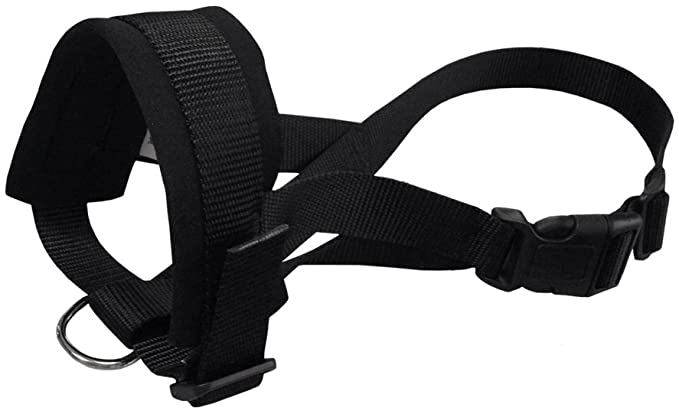
Overall DogTop10.com Rating
Based on 1 customer reviews.
Overall DogTop10.com Rating
Based on 330 customer reviews.
#53
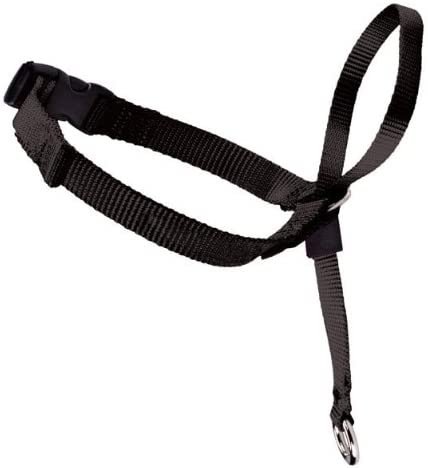
Overall DogTop10.com Rating
Based on 28 customer reviews.
Overall DogTop10.com Rating
Based on 277 customer reviews.
#55
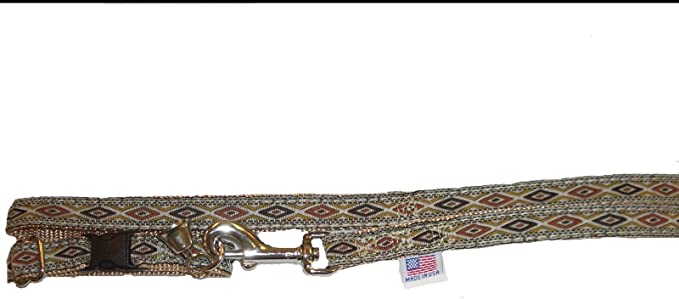
Overall DogTop10.com Rating
Based on 1 customer reviews.
Overall DogTop10.com Rating
Based on 248 customer reviews.
Overall DogTop10.com Rating
Based on 23 customer reviews.
#58
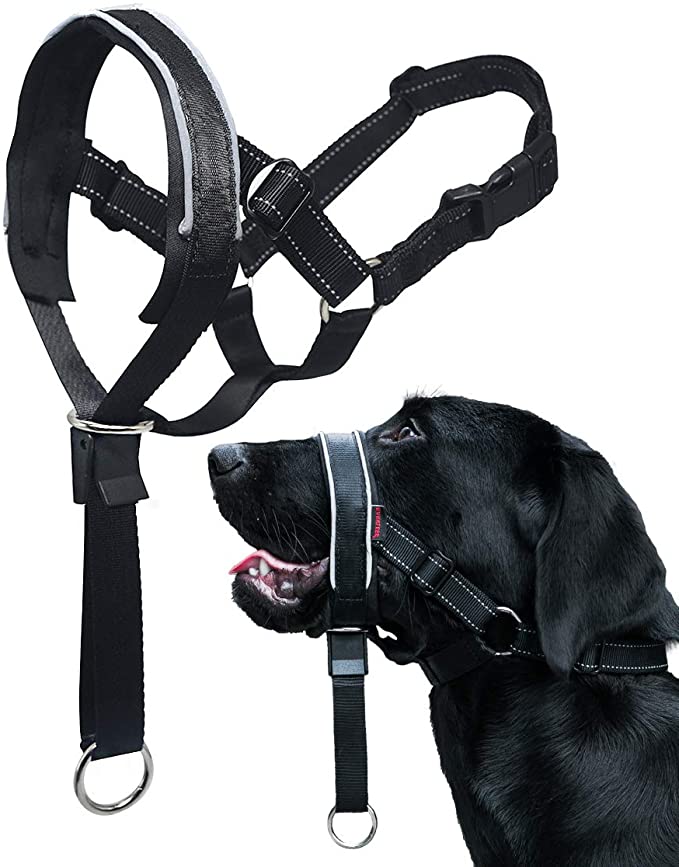
Overall DogTop10.com Rating
Based on 408 customer reviews.
Overall DogTop10.com Rating
Based on 295 customer reviews.
#60
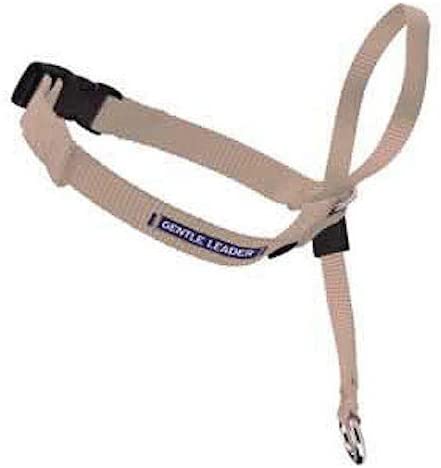
Overall DogTop10.com Rating
Based on 76 customer reviews.
Unlike the old fashioned dog choke chain, a head collar is a humane and sensible way to train your dog. They are a good alternative for dogs with neck injuries or skin conditions that make wearing a traditional collar impractical. A head collar can also be used as an "emergency" break from pulling when you're out on walks.
The type of headcollar you choose should depend on what kind of leash training technique you use. If your technique involves luring the dog's attention away from something by extending the lead in front of them, then it's best to get one made with two points for attaching the leash - one at the top where it attaches to their neck and another at eye level so they'll see what you want them to do.
A head collar is a harness that attaches a leash around a dog's neck from above the eyes and below the jaw line. The design of the headcollar puts gentle pressure on your dog's nose when they pull, which makes them stop pulling with their entire body to get where they want to go.
The benefits of using a headcollar instead of a choke collar or harness with a leash attachment at the front are that your dog's neck is protected from injury, and it's easier to get them to stop pulling.
Some head collars have a loop on both sides, while others may only have one loop. Make sure the piece where you attach the leash is behind your dog's head and not under their chin. The loop should be just below your dog's eyes, but up high enough that you can hold the leash comfortably without pulling on it too hard.
The Gentle Leader is the most popular brand of head collars available today. They're available in many different sizes and colors and are easy to adjust (no need for pliers!) Just like any other collar, you can use it both indoors and out.
They come with a training guide that will help you learn how to fit and use the Gentle Leader, and your trainer should be able to help you find a headcollar that matches your dog's needs.
You should introduce your dog to their new head collar by leaving it attached to their regular collar or harness for a few minutes at a time until they get used to wearing it. Start by having them wear it around the house for short periods, before eventually putting it on outside.
To encourage your dog to accept the headcollar, bring their favorite treats with you whenever you put it on them and give them a treat now and then while they're wearing it.
Several techniques can be used to train your dog with a head collar, but the important thing is to always reward them for good behavior. When you're training at home, keep the sessions short and fun so they don't get bored or frustrated if they're not catching on quickly.
Some dogs may pull back or try to rub their face on the ground or furniture when first introduced to a headcollar. A good approach with this is to give them a treat and praise them whenever they move forward and keep your treats near you so they can see how rewarding it is to walk calmly beside you on the lead.
It's important that your dog understands that they'll get their favorite treats or playtime with you when they walk nicely and that it only happens when the headcollar is on.
If your dog already knows how to walk on a loose leash, training them to use the head collar only takes a few minutes each day for at least two weeks. Walking nicely with you should be their reward every time.
Headcollars are a safe and effective way of teaching your dog to stop pulling while on a leash, but they shouldn't be used all the time. They can be very useful for outdoor walks when you need them to focus on their surroundings more than on what's immediately in front of them, or if they're having issues with cars or other distractions.
But they shouldn't be used on every walk, or your dog will gradually learn that the headcollar is just a sign for "no pulling". This is why it's important to always follow up with them being walked correctly after using the headcollar.
Do not leave on all day as this can cause skin irritation. This is a training tool and should never be used as a substitute for appropriate training of your dog.
Headcollars are not suitable for all dogs, and some dogs may need to work up to using one successfully. If you're thinking of trying headcollars with your dog, speak to your trainer about the best approach and how long it typically takes to get your dog used to wear one.
Manufacturers claim that head collars are not devices for pulling; they say that using them correctly, all of the pressure is on the dog's nose and none of the pressure from pulling is on their neck or throat when it tightens when they pull. However, there have been many reports from people who have used these head collars, that when their dog pulls it puts so much pressure on the neck where the collar is, that it has caused injuries to the dog's neck.
Using a headcollar during your training sessions is one way to stop your dog from pulling. It can also help to use a regular collar with an attached leash to start and only graduate up to the headcollar once your dog is responding to basic training. Many trainers recommend using both collars at first, as this gives you a double level of control.
When training with a headcollar, always reward your dog with praise and treats whenever they respond to the gentle pressure and stop pulling. Never pull on the lead as this can hurt their nose and it's not a good way of getting them to stop pulling anyway.
There are also harnesses available that help reduce or stop unwanted pulling behavior such as no-pull harnesses. These harnesses work by distributing the pressure around the chest and attaching it to a front clip on your dog's regular collar. Some people find these can be useful with certain dogs, but it does depend on how your dog pulls.
Conclusion
Headcollars can be a safe and effective way to train your dog not to pull on the leash, but they should only be used occasionally. They can be very helpful when walking outdoors or dealing with distractions, but should never be left on all day. Always follow up training sessions with proper walks without the headcollar so your dog doesn't become reliant on it.